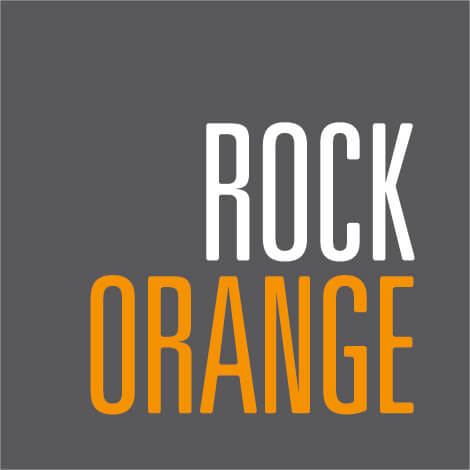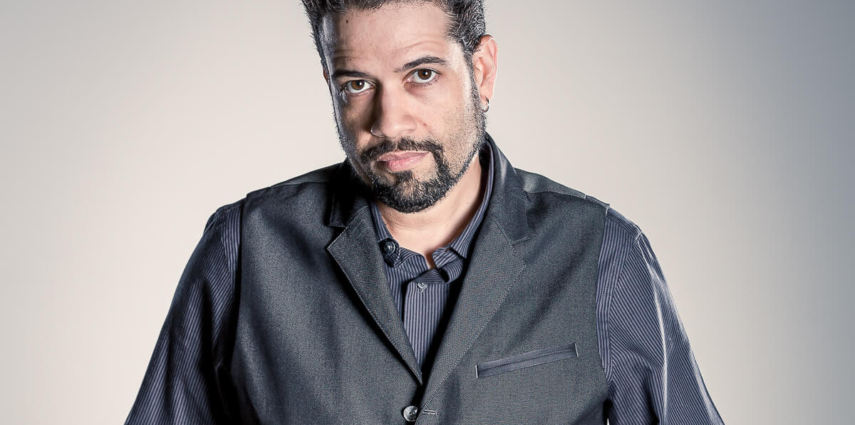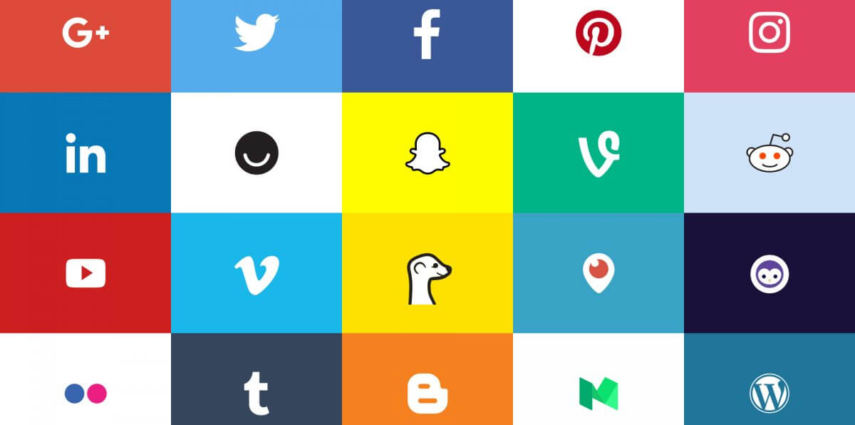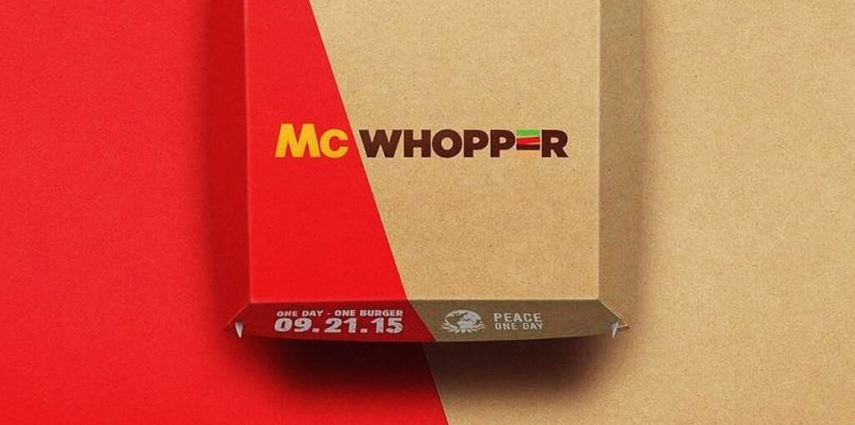The marketing landscape is evolving rapidly. The rise of the always-on, constantly connected consumer means that campaigns need to evolve and be dynamic. They must live where the consumer lives (which is mostly digital) and speak to an audience whose loyalty is built through a more personal social engagement versus the hard-sell mentality of more traditional advertising.
That’s why brand marketers are looking to step up their collaboration with agency partners. The complexity of what is required to design, execute, and report on multi-touch, multi-disciplinary marketing campaigns requires more resources and knowledge than ever before and those skill sets, and time to execute, often live outside of in-house capabilities.
As agency partners we have a commitment to our clients to help them not just stay on trend, but to keep one-step ahead of those trends, and to deliver campaigns that will help build brand loyalty with our clients’ target audiences. That’s why we need to know our ABT’s. We need to Always Be Thinking for and on behalf of our clients to ensure that we continue to demonstrate the value of the agency-client relationship.
Here are some ways we think you can do that.
Think in Real-Time
Recent years have seen the growth of real-time and responsive marketing as brands look to create shareable, relevant content that places the brand at the center of unfolding social conversations and viral trends. To do this successfully requires marketers to think on their feet. Response time is key and the benchmark was set by Oreo during Super Bowl XLVII when the lights in the stadium went out for 34 minutes, enough time for the brand to ideate and post it’s now infamous ‘dunk in the dark’ tweet.

Another more recent example of the value of this responsive marketing approach is how brands have quickly capitalized on the Pokémon GO craze. With more than 7.5 million downloads of the game in the U.S. in the first week alone and with users spending more time playing the game than on popular social apps including Snapchat, Twitter and even Facebook, creative (and quickly executed) campaigns like the ones in this Street Fight article from brands including Applebee’s and Virgin Mobile are driving huge amounts of foot traffic and conversions.

Leverage New Technologies
With a whopping 3,874 marketing technologies represented on a single slide, Scott Brinker’s Marketing Technology Landscape chart is the best visual representation of just how complex today’s marketing landscape has become.

As agency partners it’s our job to help our clients navigate these technologies, understanding what’s going to work best (and by work best I mean provide the best ROI) for the campaigns being designed.
It’s also our job as agencies to keep abreast of new technologies and leverage them to our client’s advantage. And I’m including social media in the bracket of technology. While Snapchat may be the social channel de jour (here are four great Snapchat marketing case studies from The Content Strategist,) there’s always a new social app or feature round the corner – you’ve just got to keep thinking outside the box with the application.
For example, before the official release of Facebook Live, RockOrange incepted and managed the first-ever Facebook Fashion show to promote the launch of our client Macy’s Hispanic-backed clothing line – Thalia Sodi for Macy’s. The show aired live on Thalia’s Facebook page to millions of fans around the world and RockOrange reached across social media platforms and promoted the hashtag #thaliaformacys, which became a top trending term during the event and in the hours that followed.
Beyond the immediate success of the show, our Facebook Live Streaming was a trendsetter for numerous other brands that would execute similar campaigns in the following year. The trend has been followed most recently by Versace, Kate Spade, IDENTITIES, organizers of London and New York Fashion Weeks, and, ahem, Crochet Empire’s jock strap fashion show, just to name a few.
Share Your Thoughts
Last but not least, don’t forget to share your thoughts and ideas with the client. Because if a great idea happens in an agency but no one tells the client did it really happen?
Nine times out of 10 the client may reject your idea for reasons including lack of budget or that they don’t feel it’s a good fit, but that one time they say, “go for it” gives the agency the chance to really prove added value and potentially get a new piece of business.




